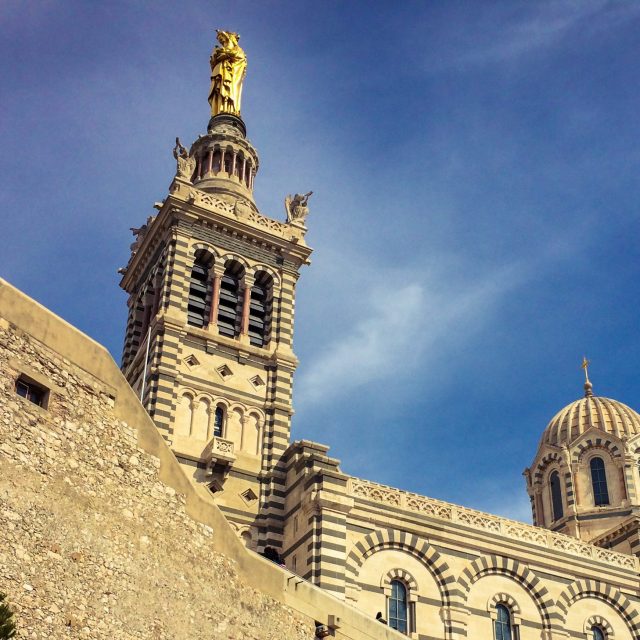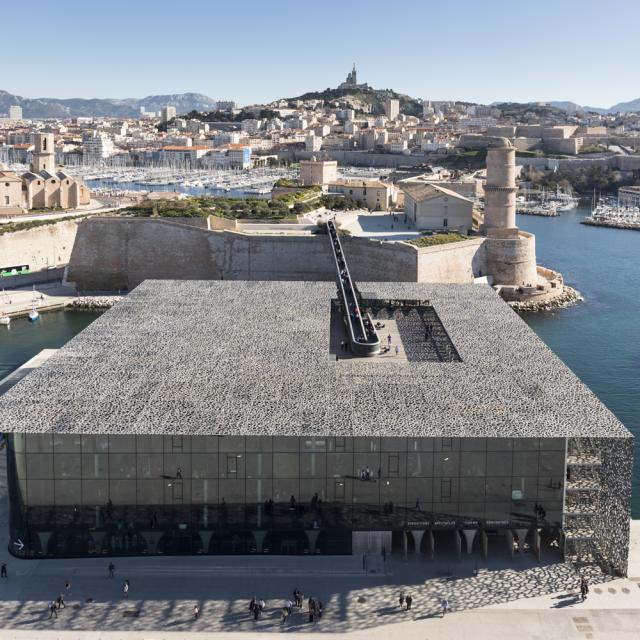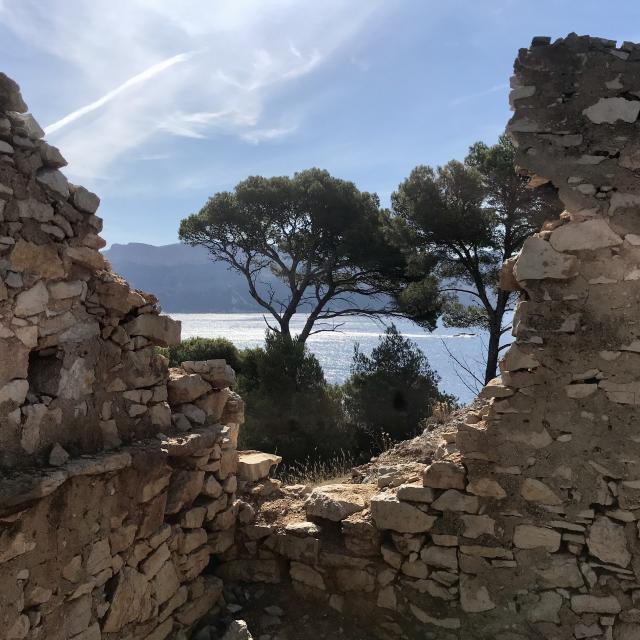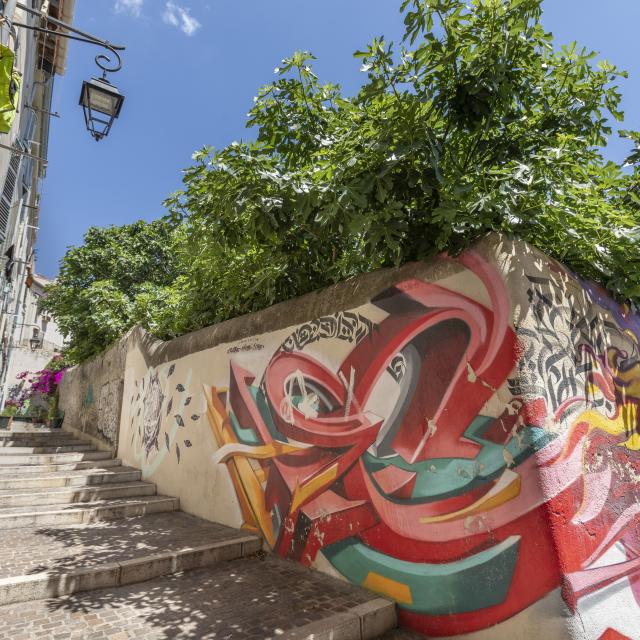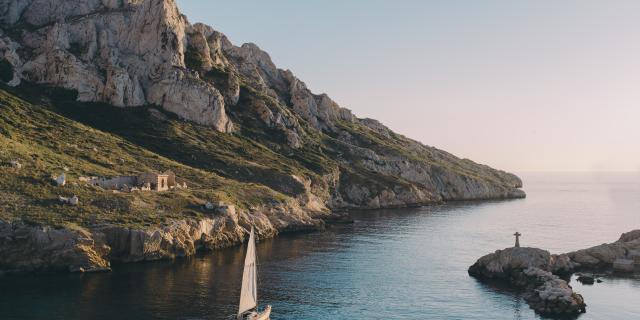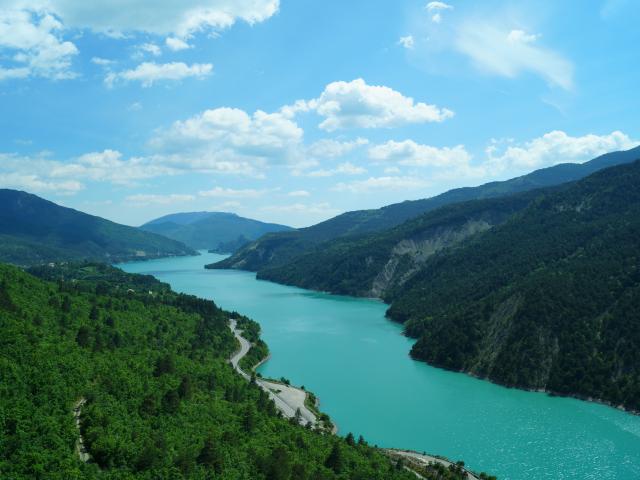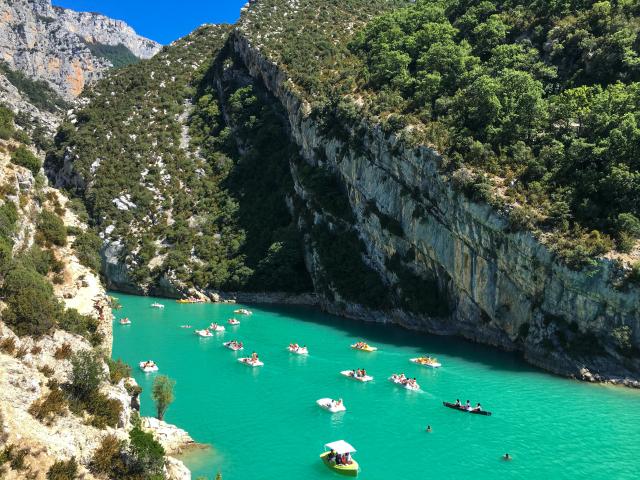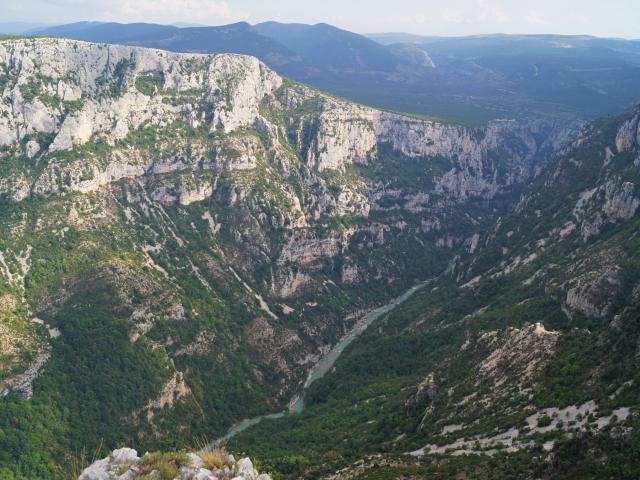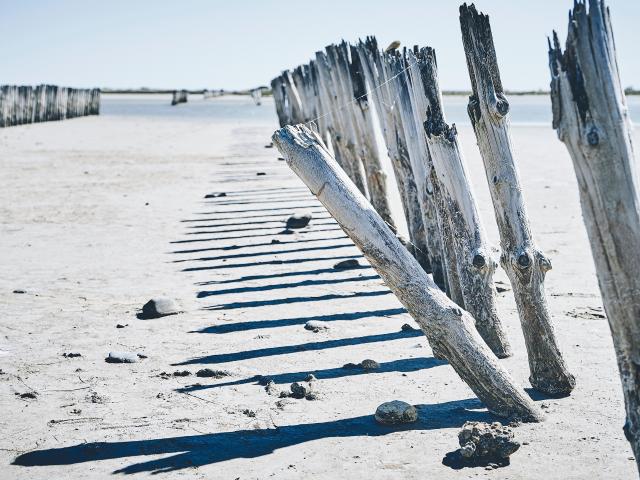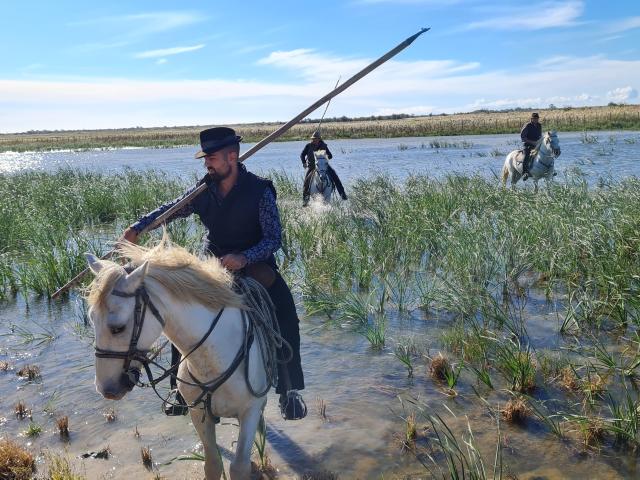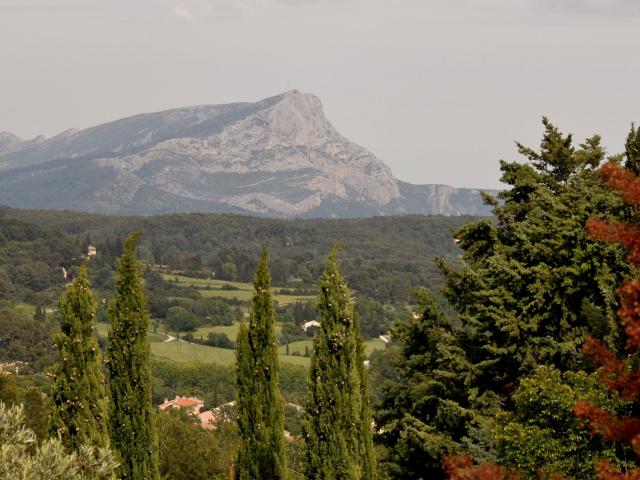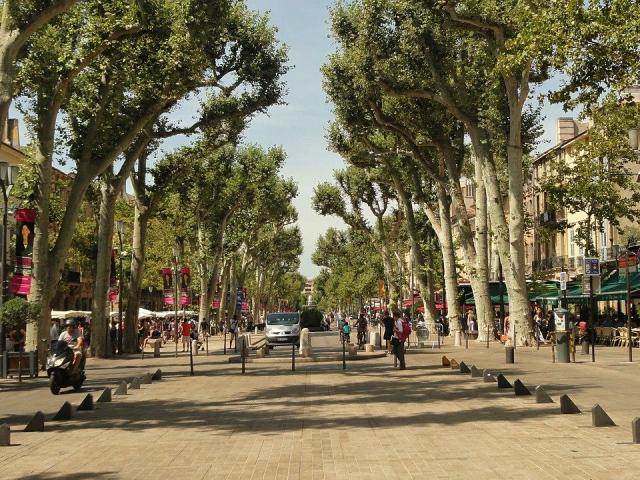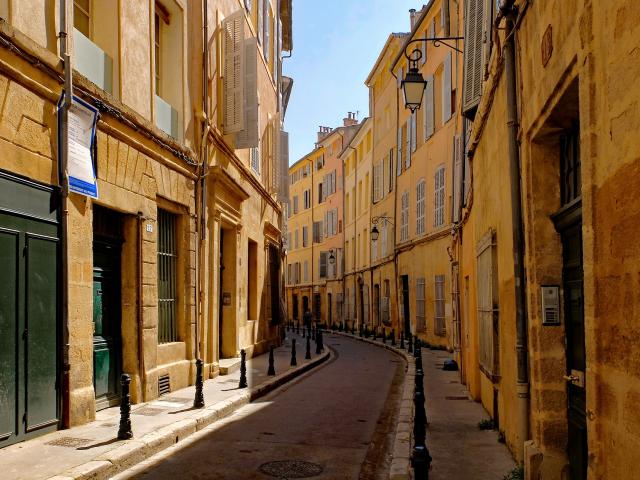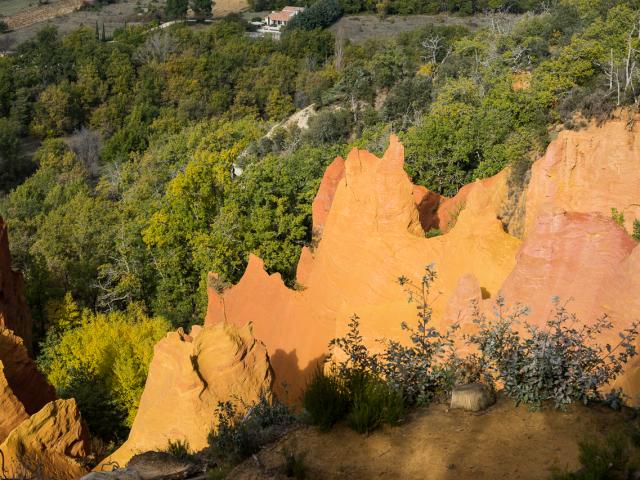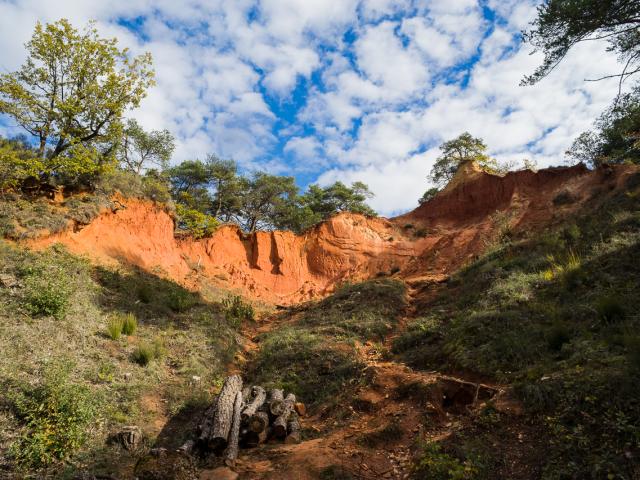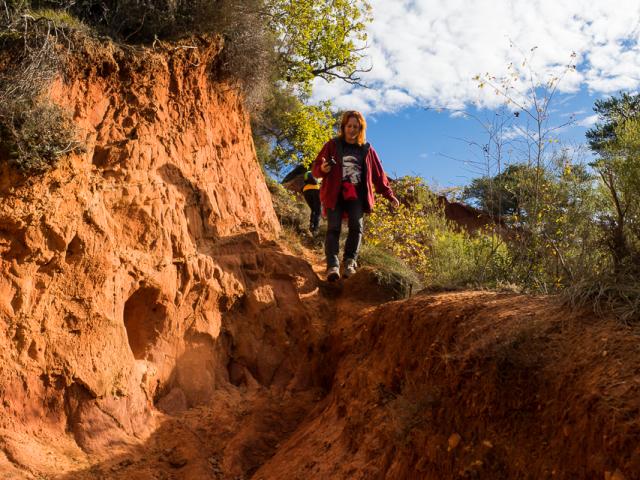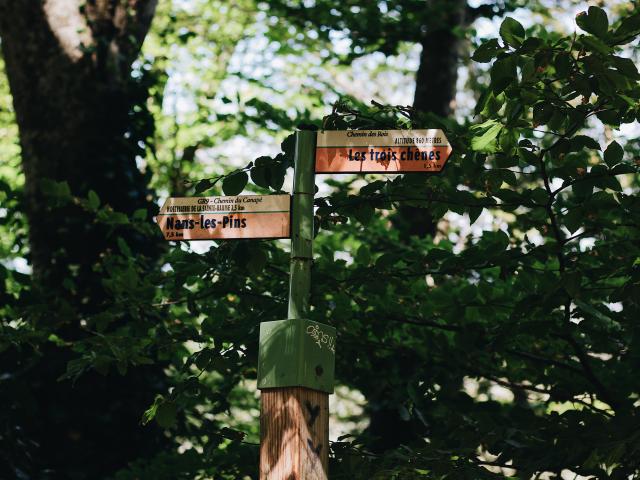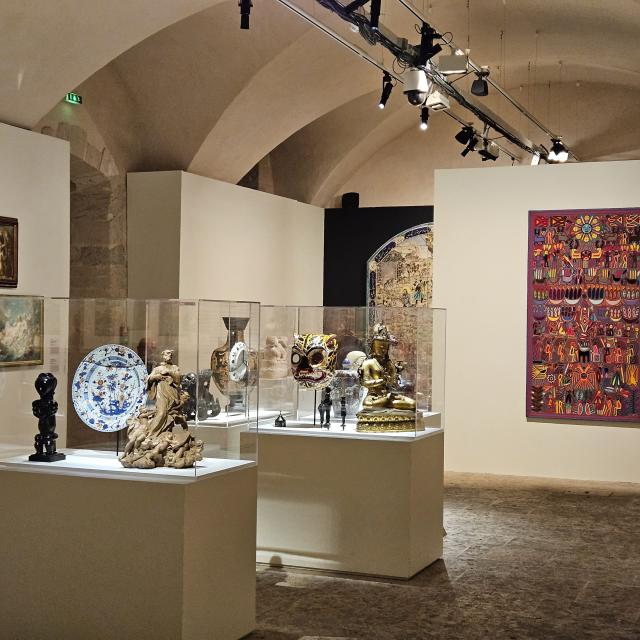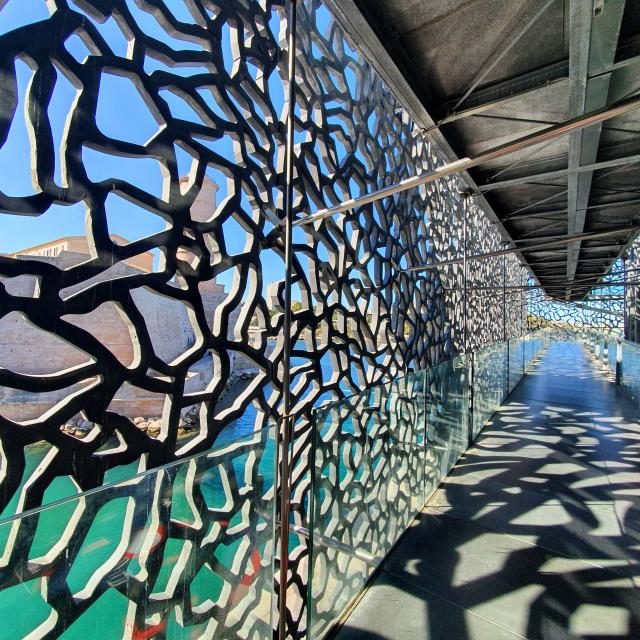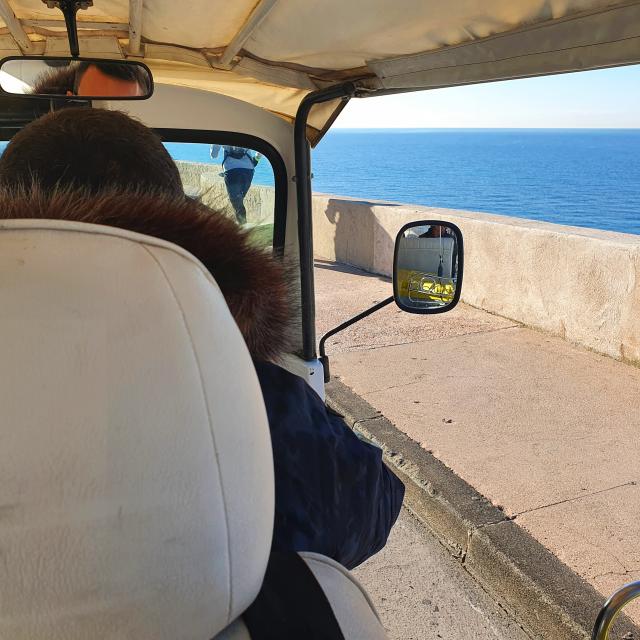Marseille, the Phocaean city
Thanks to the various beaches that make it up, Marseille is an ideal vacation destination for quietly enjoying a break under the Provence sun. With 170 days of sunshine a year, the city attracts many tourists in search of optimal temperatures. It is undoubtedly one of the best destinations in France.
With its extensive public transport network (train, bus, streetcar and metro), Marseille is certainly an attractive metropolis where it’s easy to get around. It’s accessible from major roads and from the airport at Marignane, around 25 km from the city center.
Spreading over 8500 hectares of green spaces, the Calanques National Park rich in biodiversity lets you savor the benefits of an outdoor outing. During your stay, you can follow one of the marked hiking trails to one of the park’s calanques. Between sea and mountains, the scenery is fabulous and exceptional. It’s undoubtedly the perfect place to recharge your batteries and relax.
Historic monuments, atypical neighborhoods and cultural visits are also among the city’s tourist attractions. The Basilique Notre-Dame de la Garde, the Château d’If, the Palais Longchamp, the Vieux-Port, the Panier, the Cours Julien, the Mucem, the Natural History Museum… All these places that allow you to learn more about Marseille’s history and culture are worth a detour for young and old alike.
For people wishing to settle in Marseille, access to employment is favorable thanks to the many offers available. In terms of healthcare, the Phocaean city boasts several hospitals and hospital centers in which patients are cared for by quality professionals who provide a variety of services depending on the pathology diagnosed.
